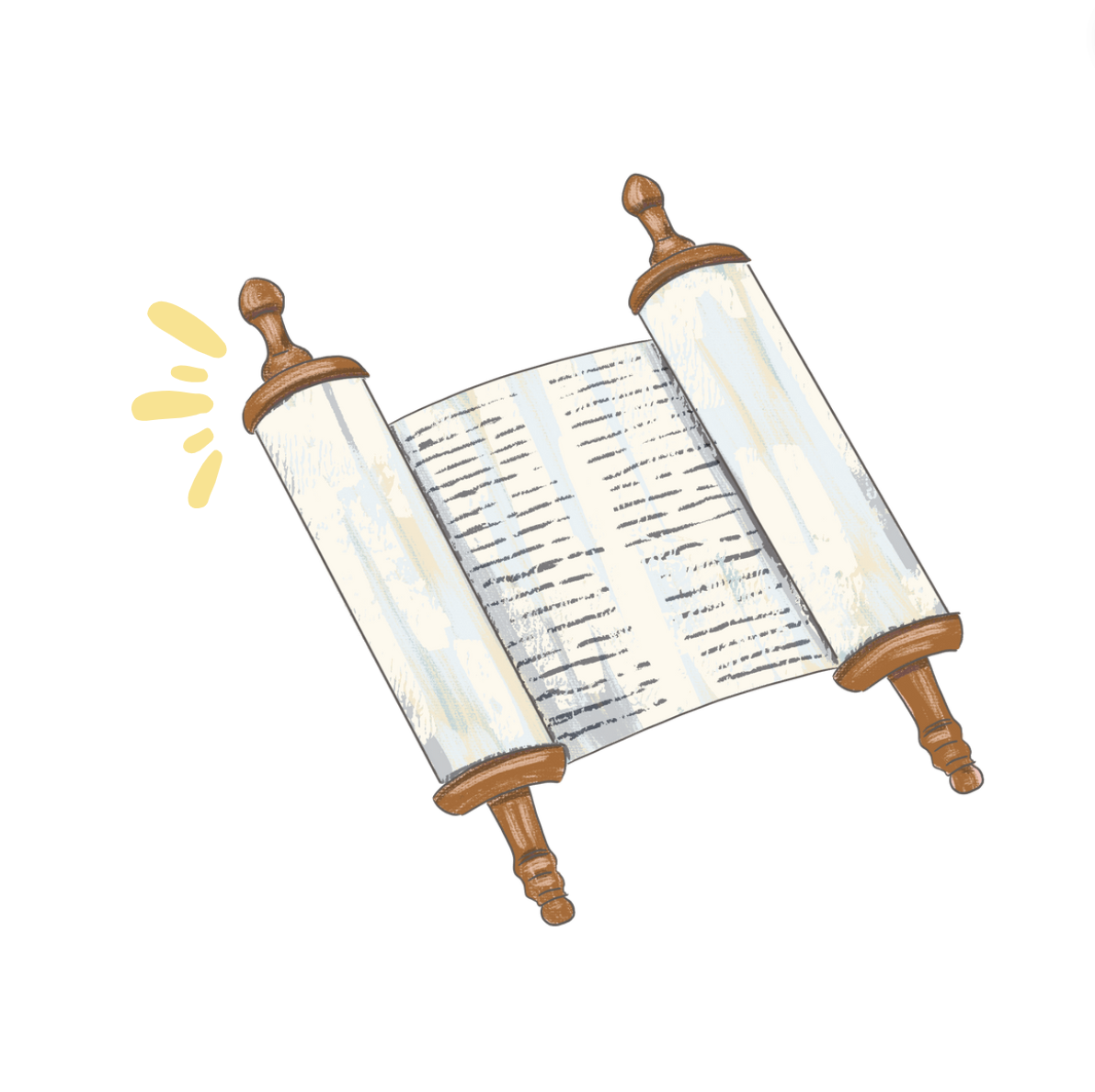For Jews, often called the “People of the Book,” it’s no surprise that we have many opportunities to celebrate milestones in our learning. The most well-known of these occasions is probably Simchat Torah, a holiday dedicated to celebrating the completion of a year of Torah reading and the beginning of a new one. It’s an opportunity to reflect on what we have learned and discovered during the previous cycle of Torah reading, and to anticipate all the wisdom that we will receive as we start anew.
But we also celebrate whenever we conclude major periods of study or landmark moments in our learning, and this type of joyful occasion even has a formal title: Siyyum, which means “completion” in Hebrew.
I first learned about the concept of a siyyum at Jewish summer camp. There’s a stretch of nine days during the summer during which many Jews don’t eat meat (always considered a luxury) in anticipation of Tisha B’Av, a day of fasting and mourning in the Jewish calendar. But during this period, no one at camp—campers and staffers alike—wanted to skip barbeque night! There had to be some way to get around the prohibition against meat…and it turns out that there was. On barbeque night, we made a siyyum. We all gathered in the gym as one of the rabbis gave a shiur (a lesson) on a tractate of Talmud that he had just finished studying. We said the special Kaddish D’Rabbanan (Rabbis’ Kaddish), and the obligation to have a celebratory feast as part of the siyyum overrode the prohibition against eating meat. The burgers were consumed with extra gusto that evening.
I will admit that I was skeptical at first. The siyyum felt like a loophole, almost like cheating…were we really engaging in Talmud study just so that everyone could eat a hot dog? But as I thought more about it, I realized the wisdom in this practice. The ritual of the siyyum demonstrates the elevated place of learning in Jewish tradition. The joy of learning can override times of sadness, and can help us overcome challenges and obstacles. Reaching a milestone moment in our learning is something to celebrate…so much so that it’s worth breaking a tradition or changing a custom, just a little bit, in order to honor the accomplishment.
Over these past two weeks, we concluded another incredible school year in both the ECC and HSP. As we wrap up these periods of study, I think about a beautiful prayer that we recite upon completing a tractate of the Talmud. It’s so heartfelt that it might seem like the prayer is addressed to another person, but it is actually addressed to the material of the Talmud itself: Hadran alach, v’hadrach alan, We will return to you, and you will return to us; our mind is on you, and your mind is on us; we will not forget you, and you will not forget us – not now and not ever.
As we make our own siyyum and say farewell to any period of study, Judaism reminds us that the wisdom we gained and the people with whom we shared our learning are always with us. The conclusion of all learning might leave us at the end of a chapter, but also places us at the cusp of new beginnings. And that is something to celebrate indeed.


